The Bra Fitter Diaries: Maternity and Nursing Bras
I’ve never had a baby, but I hear pregnancy is quite the rollercoaster of change – not to mention birth and nursing. So how do you find bras that fit when you’re pregnant or nursing and your body is different every day?
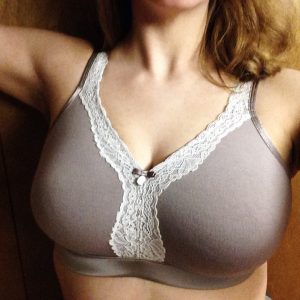
Cotton Luxe, by Curvy Couture.
Maternity Bras
How much will you grow during pregnancy? How many bras will you need? Will you go back to your usual size afterwards? These are just a few of life’s mysteries. It really all varies from person to person, so I can’t give you a for-sure answer. What I can tell you is that breast growth is usually the first change you’ll notice in pregnancy. This is often accompanied by soreness and sensitivity, making wirefree bras the most comfortable choice for lots of folks. If you prefer wired bras, look for softer, more flexible wires. They’ll be gentler on your body and can adapt to growth better than firmer wires can.
By the second trimester, the belly and rib cage get in on the action. They’ll both get bigger, which is why we recommend buying a bra that fits on the middle or tightest set of hooks during this time. Normally we fit on the loosest set, but here you’ll need room to grow.
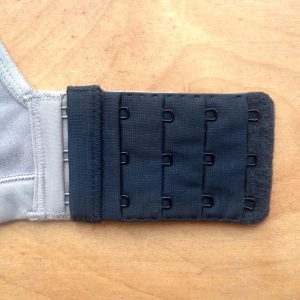
The rib cage continues to expand over the third trimester, so you might want to wear a back extender with your bras or get fitted for an entirely new size. (That’s an extender on the left – it just lengthens your bra band.) If you do shop for a new bra during this trimester, consider a nursing bra. There’s no guarantee that you’ll wear the same size post birth, but it’s likely to work for the first little while – and it’s more budget-friendly to have one bra pull double duty.

Croissant by Cake Maternity
Nursing Bras
And then the baby arrives! If you wore a nursing bra in your third trimester, you’ve got a head start. But there are more changes post birth, and eventually you’ll need to be fitted again.
For the first couple of months, a wirefree nursing bra can be a good idea to avoid duct blockages and mastitis. If you’re more comfortable in a wired bra, again, look for bras with softer, padded, and more flexible wires like the Croissant by Cake Maternity (right).
When checking the fit of the cups, keep in mind the size fluctuations you’ll experience throughout each day. In the first two weeks post birth, your breasts will probably be at their biggest, and the first month especially sees quite a bit of size fluctuation depending on where you are in your feeding schedule – if you just fed your baby, or you’re just about to. This is why we ask you when you gave birth and when you last nursed. It helps us select bras that fit you somewhere in between, not radically too small or big at any time of day. As for the band, we go back to fitting on the loosest set of hooks now that the ribcage is getting smaller again.
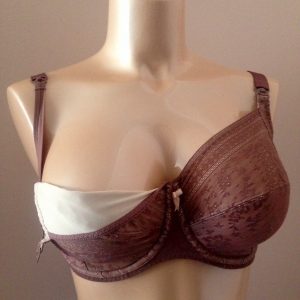
Fleur by Anita
Once you’ve settled on a couple of contenders, test out the clasps at the top of the cup to make sure they’re a style you’ll be comfortable using. While you’re at it, check out the opening of the cup. Some styles are completely open, like the Fleur by Anita (right) – unhook the clasp, flip down the cup, and away you go! Others have more of a “window” style, where an inner sling encircles the breast behind the cup. (Cake’s Croissant bra is a good example of that.) The open style can be a bit easier to use, while the window style offers a little more breast separation.
You’re making a whole new person – go you! – and the last thing you need to worry about is what your bra’s doing. Good thing you’ve got Broad on your team!

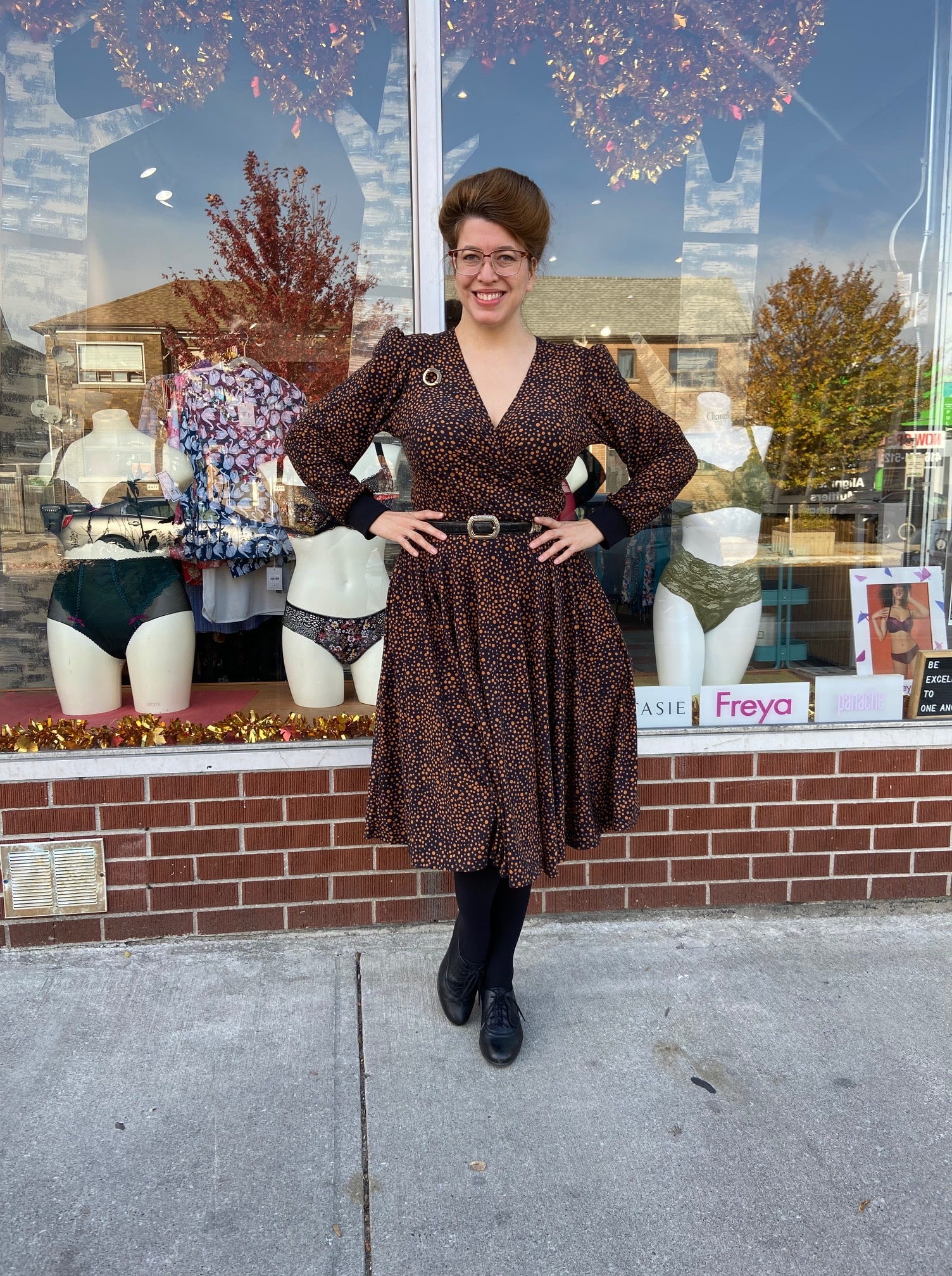
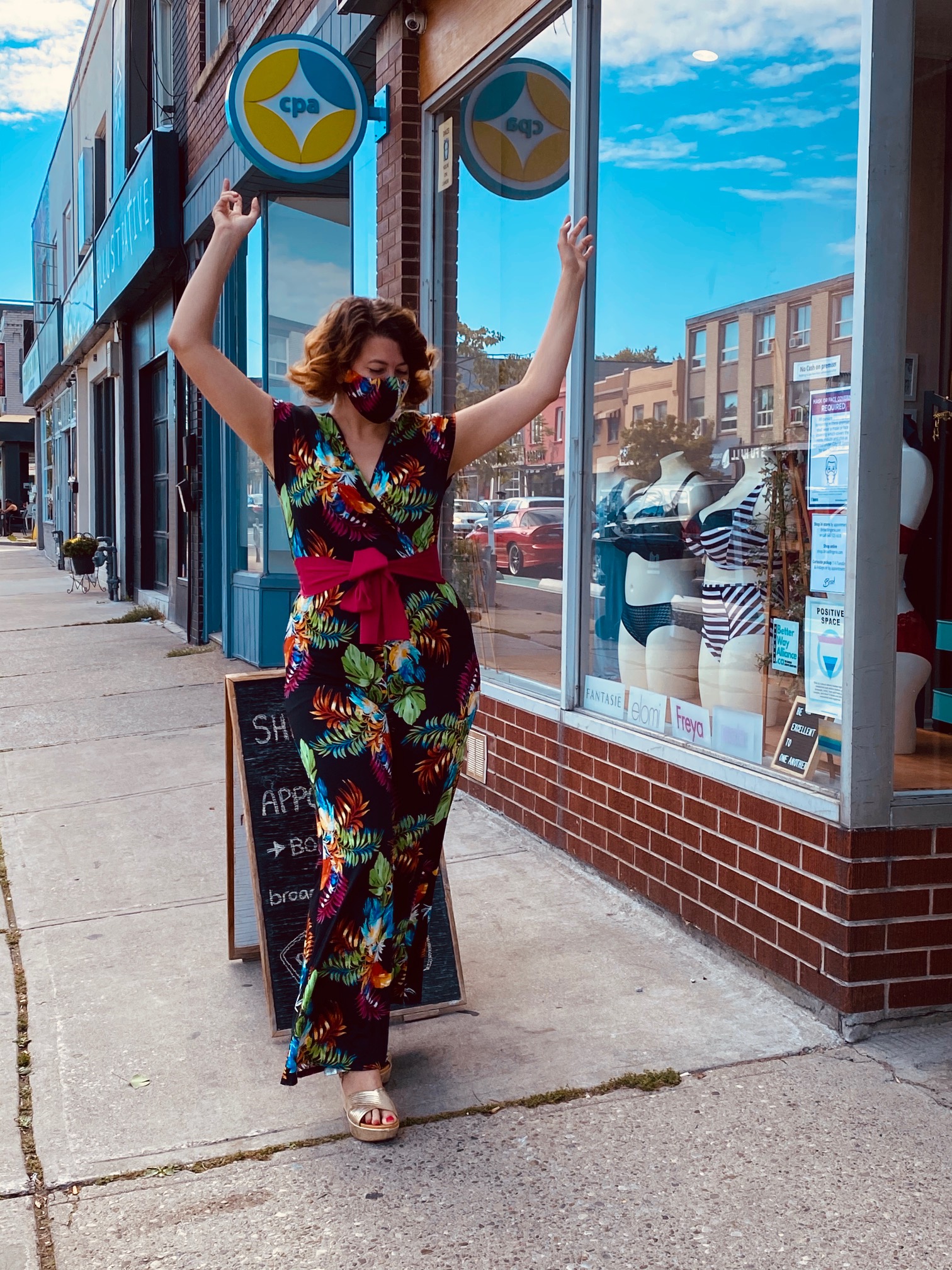
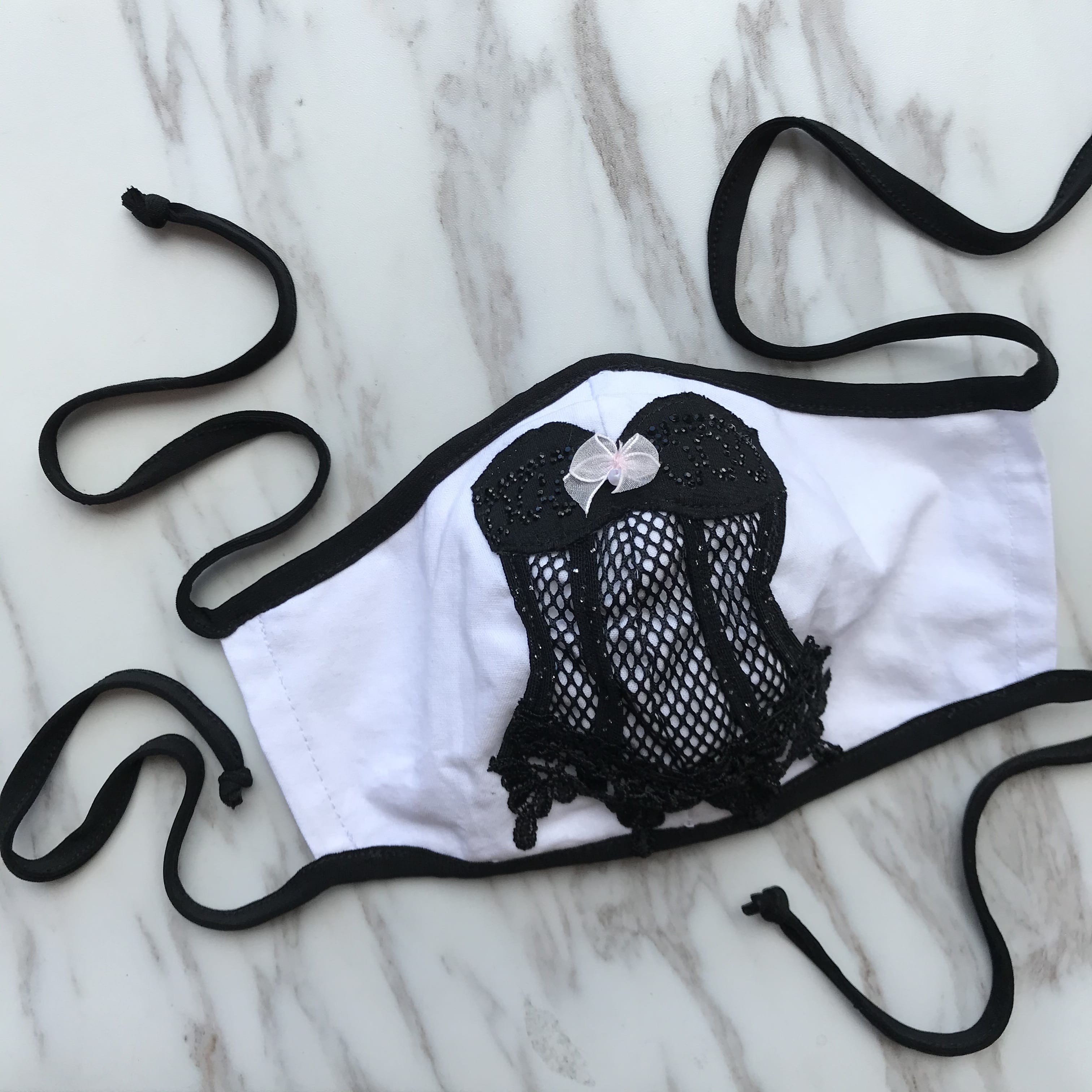
Pingback: Will My Bra Size Change When I Lose Weight? - Broad Lingerie
Pingback: "Help! I Have Saggy Breasts!" or, Breast Density: It's A Thing - Broad Lingerie